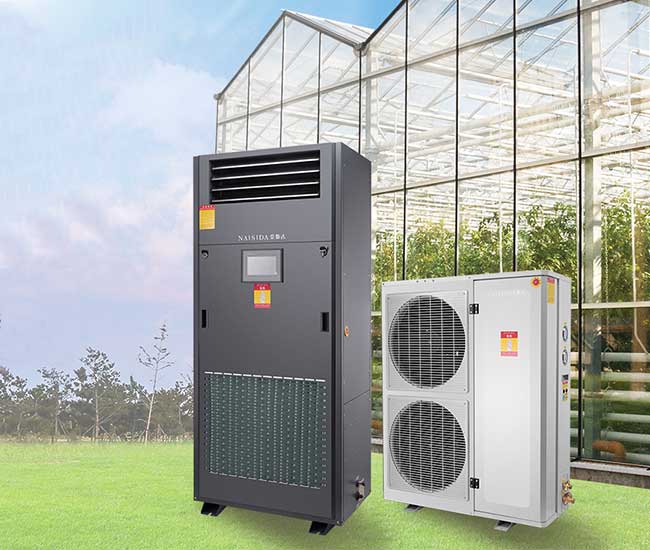
Dehumidifiers are very popular in industrial production. The lowest temperature that an industrial dehumidifier can reach during the dehumidification process is 35%. Industrial dehumidifiers should be used according to standard methods in order to achieve better dehumidification effects.

1. Condensate in the operation of industrial dehumidifier
The amount of condensed water is large and it is discharged continuously. The cooling type plant-wide dehumidifier refers to a dehumidifier with a cooling dehumidifier. On the basis of ordinary dehumidifiers, the condensation heat of refrigerant is mainly taken away by water-cooled or air-cooled condensers. Only a small part of the condensation heat is used for heating the air after passing through the evaporator, which can be used for cooling and dehumidification. Warehouse dehumidifiers can tolerate a wide range of air humidity. Generally speaking, only 2-3 months of the year belong to the rainy season, and most consumers usually adopt weather-resistant methods. In addition, the dehumidification function of the air conditioner also makes consumers ignore the necessity of a dehumidifier, and only regard it as a home appliance with the best cakes. If there is water leakage, check whether the external drain pipe is aging and cracked; whether the connection between the hose of the dehumidifier condenser water pan and the drainage joint is loose; whether the welding point of the V-shaped groove and the V-shaped groove of the water pan is not welded. , So the solutions must be checked one by one.
2. Dressing compressor during inspection of thermal insulation cotton
During the operation of the dehumidifier, the refrigerant enters the two units from the compressor through the copper pipe and capillary tube to take away the moisture in the humid air passing through the evaporator. This is because the dew point of the copper tube of the evaporator is very low, and the condensed water generated on the outer wall of the copper tube will leak because the insulation cotton is not properly wrapped.
3. Dehumidifier operation
After the dehumidifier runs for a period of time, the consumption of refrigerant will decrease, or the leakage of refrigerant may be caused by defects in the manufacturing process. At this time, the evaporator cannot be transferred in time due to lack of refrigerant, resulting in icing at the lower end of the aluminum fin of the evaporator, and the defrosting function of the dehumidifier decreases. When the condensed water on the aluminum fins on the upper part of the evaporator flows downwards, the condensed water cannot be discharged into the hose through the water pan because ice exists everywhere like spreading. The troubleshooting method is to contact the manufacturer or the after-sales maintenance point of the dehumidifier manufacturer to supplement the compressor refrigerant, and the fault can be eliminated.
Generally speaking, when using an industrial dehumidifier, you need to pay attention to some small details, which can effectively prevent some problems in the industrial dehumidifier and make the dehumidifier have a longer service life and durable life.


Mobile phone:13929191085 13422006435
E-mail:835727061@qq.com QQ:835727061
Address Factory:No. 28, Beihu 1st Road, Luocun, Shishan Town, Nanhai District, Foshan City